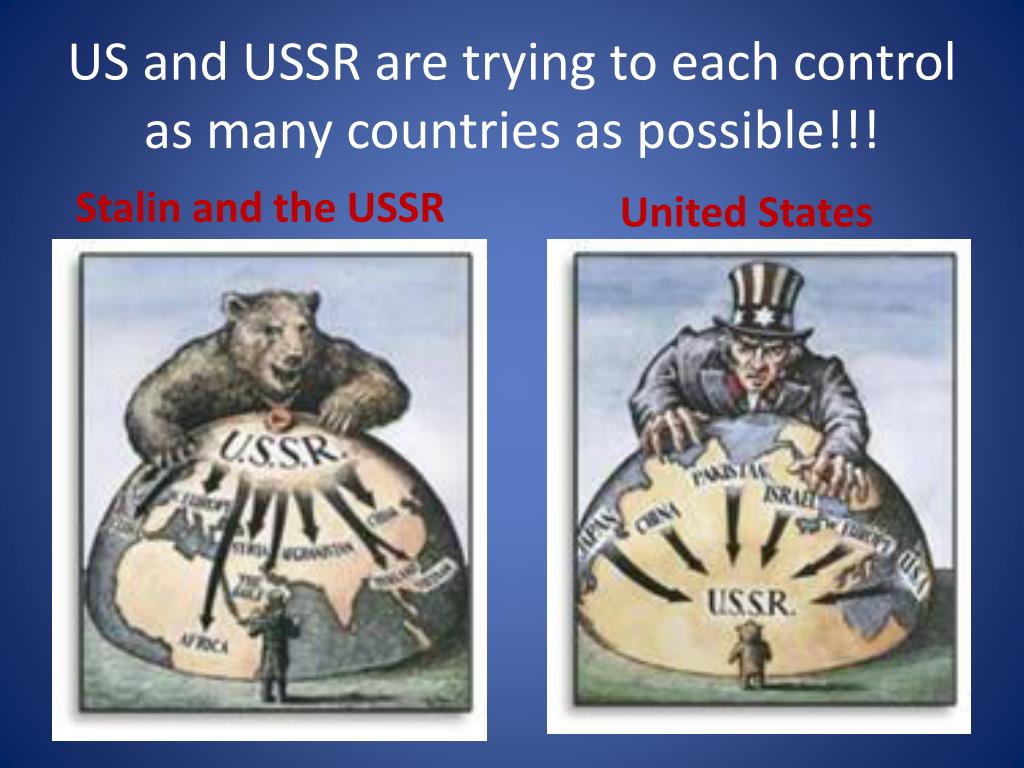
South Ossetia and Abkhazia later declared their independence Russia is one of the few countries in the world to recognize this. In August 2008, Russia launched a five day invasion of Georgia on the pretext of defending the breakaway regions of South Ossetia and Abkhazia. In April 2008, NATO promised membership to Georgia and Ukraine at the Bucharest summit, but a membership plan was not offered. In 2005, Putin famously said the breakup of the Soviet Union “was the greatest geopolitical catastrophe of the century.”Įventually, actions rather than words made it clear that Russia saw NATO as an adversary. As the years went on, nostalgia for the Soviet Union became more apparent. It was a “critical turning point,”he says, noting that Russia started to become more anti-Western.

Each and every country has the right to decide its alliance and affiliation,” says the former NATO ambassador Garcevic.īy 1999, when it became clear that NATO and Russia had irreconcilable views over the future of the post-Soviet republics, the alliance “turned into a security challenge” for the Kremlin, according to Garcevic. “It wasn’t for the West or Moscow to decide whether those countries should join NATO.

We cooperated on counter terrorism in Afghanistan, counter narcotics and counter piracy,” says Rasmussen.īut Russia has repeatedly made a request that NATO has rejected: to refuse to accept new members in its “backyard” (or neighboring countries), says Rasmussen. In the meantime, he adds “we tried to build strong cooperation with Moscow.” He cites the 2002 Russia-NATO council, a development of the 1997 Act, which serves as a mechanism for cooperation, consensus building and joint-decision making. “Once Russia can show it is upholding democracy and human rights, NATO can seriously consider its membership,”says Rasmussen, the former Danish Prime Minister who served as NATO Secretary General from 2009 to 2014. Despite Russia signaling its interest to join NATO, there has since been a lot of tension between them.


 0 kommentar(er)
0 kommentar(er)
